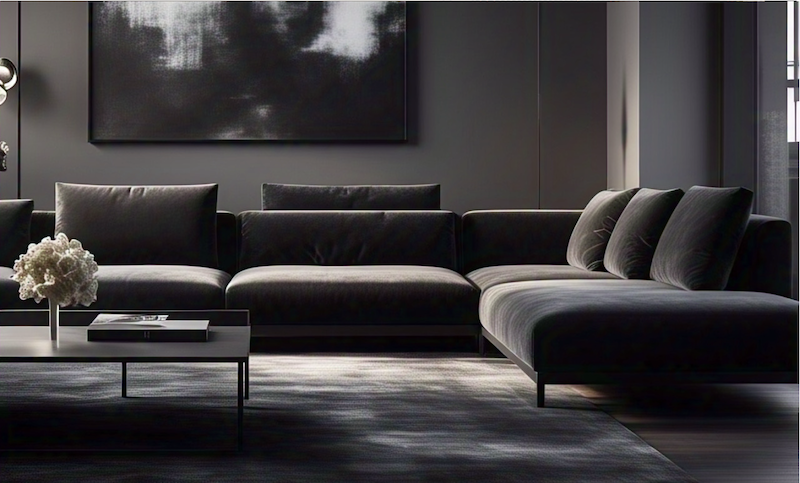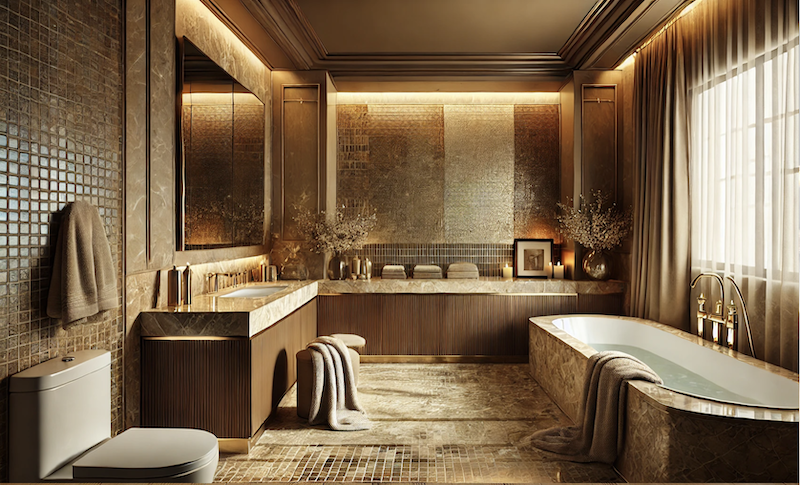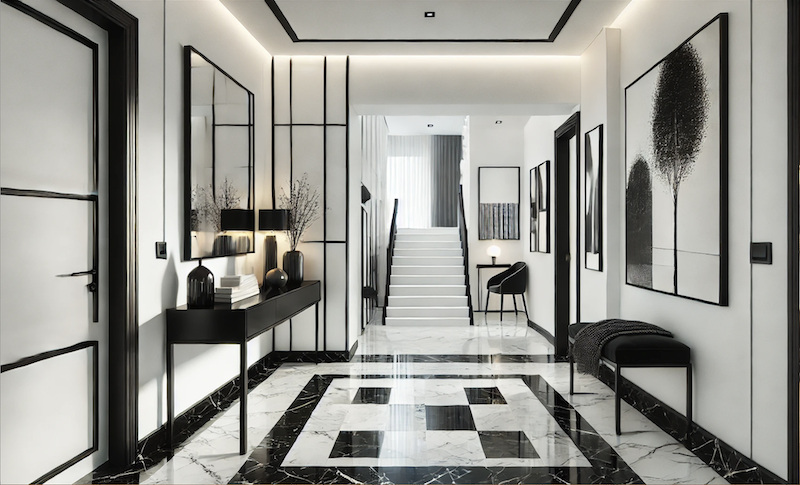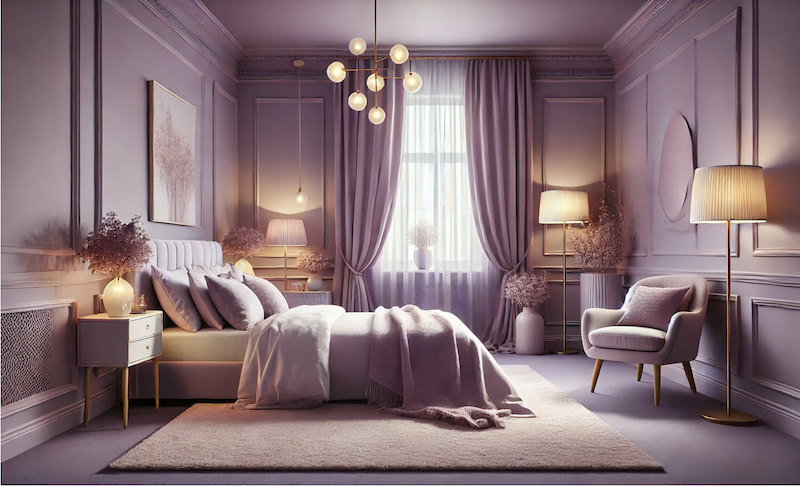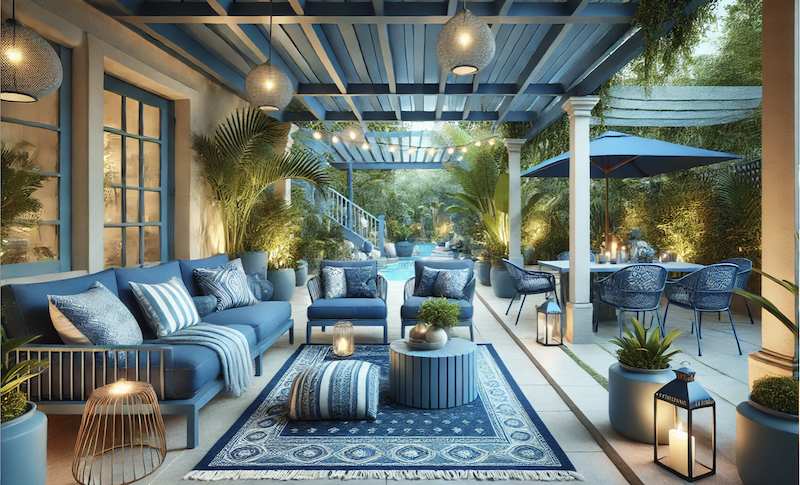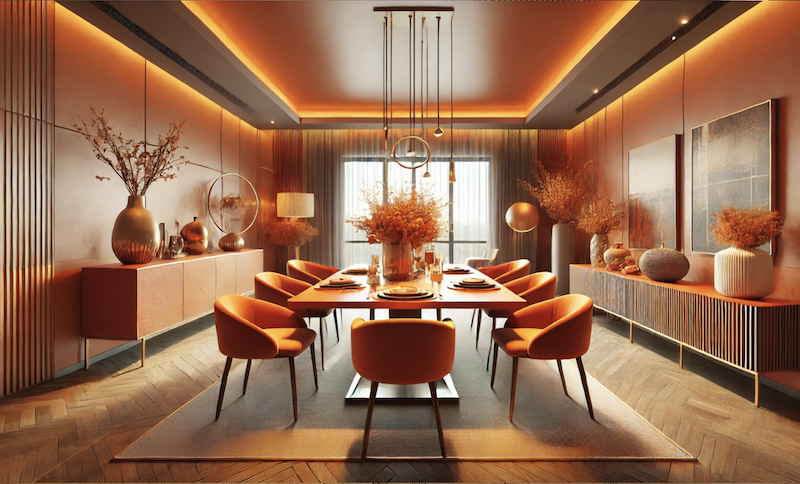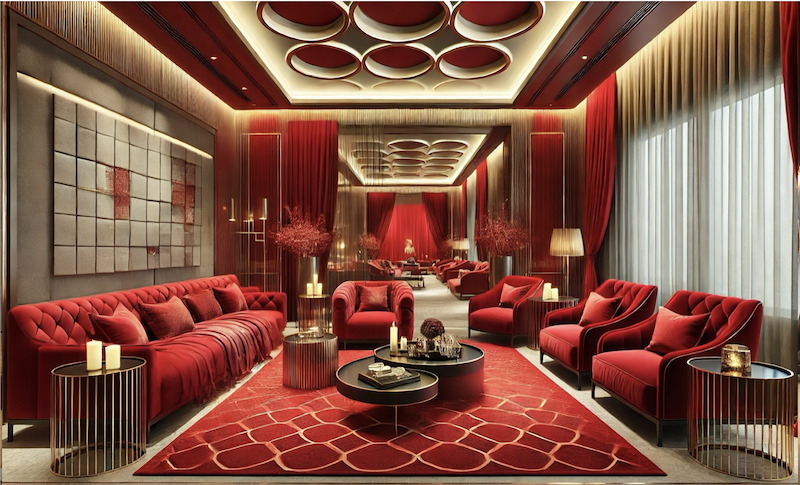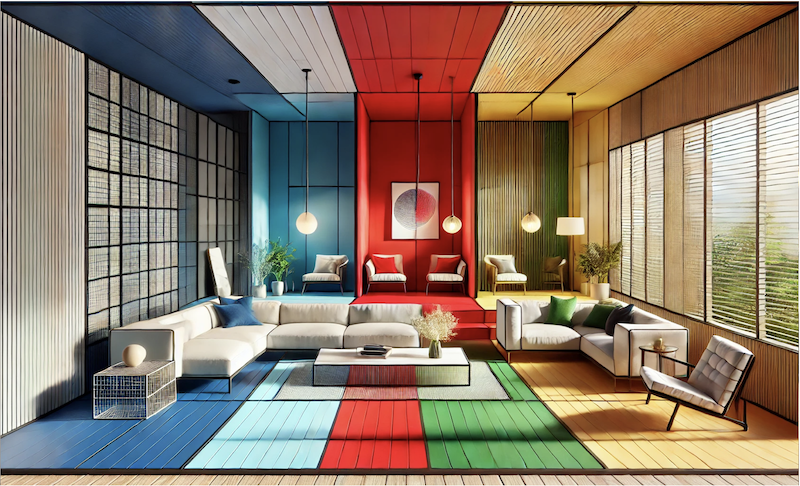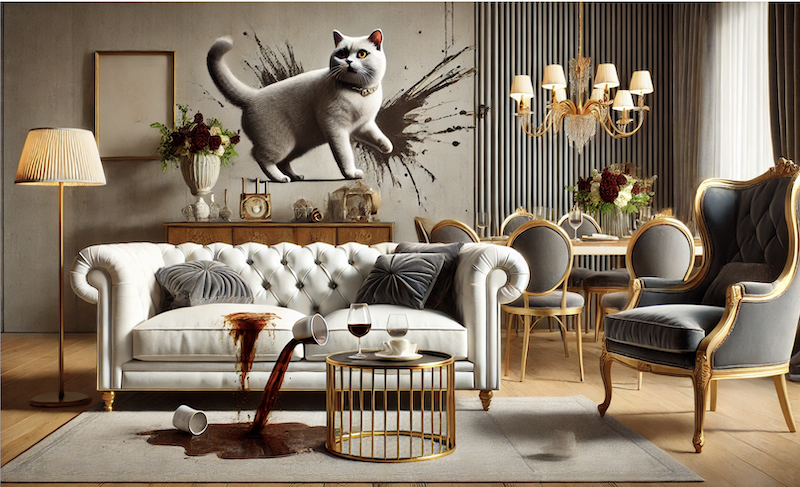As an interior designer, I’ve seen firsthand how fabrics can completely transform a space. The right textiles don’t just add style—they shape the mood, enhance comfort, and bring a sense of cohesion to any room. Whether it’s plush velvet drapes that exude luxury or breezy linen curtains that create an airy retreat, fabrics play a crucial role in defining your home’s ambience. Let’s explore how you can harness the power of textiles to curate a space that truly reflects your personality and lifestyle.
1. Setting the Mood with Fabrics
One of the most overlooked aspects of interior design is how textiles influence the atmosphere of a room. Soft, flowing fabrics like silk and chiffon lend an air of romance and sophistication, while heavier materials like wool and brocade establish warmth and formality. When working with clients, I often use fabrics to subtly guide the mood—whether that’s a cozy, intimate feel or a sleek, contemporary aesthetic.
2. Color and Pattern: The Emotional Influence of your Home’s Ambience
The psychology of color is a key element in any design project. Warm hues like reds, oranges, and yellows infuse a space with energy and vibrance, while cooler shades like blues and greens promote relaxation. Patterns, too, can define the personality of a room—bold geometrics for a modern touch, soft florals for a classic feel, or eclectic prints for a bohemian vibe. Thoughtfully chosen textiles create an emotional connection between a space and its occupants.
3. Texture: Engaging the Senses
Beyond color and pattern, texture is what makes a space feel truly inviting. A well-designed room should appeal to both the eye and the touch. Think of a boucle-upholstered armchair paired with smooth silk drapes, or a woven jute rug layered under a plush velvet sofa. Combining different textures adds depth and character, making a home feel curated and lived-in.
4. Function Meets Style
As much as fabrics are about beauty, they also serve a functional purpose. Heavy drapes provide insulation and privacy, while sheer fabrics allow light to filter in softly. In high-traffic areas, durable upholstery fabrics like performance velvet or stain-resistant linen ensure longevity without compromising on aesthetics. Every choice should strike a balance between form and function.
5. Bringing It All Together to Create your Home’s Ambience
The secret to a well-designed home is layering. By thoughtfully blending various fabrics—whether through curtains, upholstery, cushions, or throws—you create a cohesive and dynamic space. My approach as a designer is always to maintain a common thread, be it through a consistent color palette, pattern scale, or texture combination.
Final Thoughts
Textiles are one of the most powerful tools in interior design. They have the ability to shape the way we experience a space, making it feel warm, elegant, or serene. As a designer, I encourage clients to experiment with fabrics fearlessly—because the right textile choices can turn a house into a home, filled with personality and charm.

